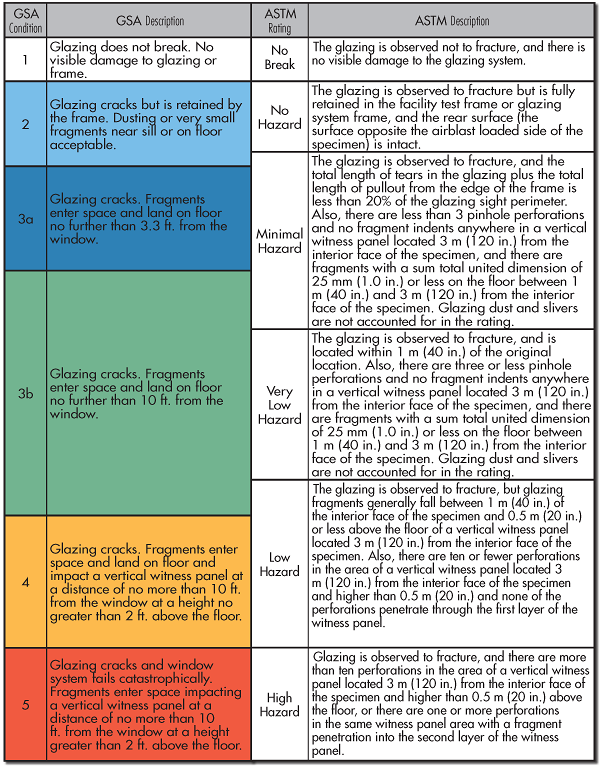The evolution of security threats, particularly those linked to the risks of overpressure generated by explosions, requires a proactive and rigorous response. The U.S. Department of Defense (DOD) recently updated its requirements aimed at strengthening the security of installations and operations in the face of these critical challenges. This normative and technical framework aims to protect people, infrastructure and weapons systems. In this article, we will examine these new requirements and discuss how they can be integrated to optimize security in risky environments.
Table des matières
ToggleThe background to the new DOD requirements

The United States Department of Defense (DOD) recently issued a memorandum aimed at mitigating the risks associated with overpressure of explosions (BOP) that can occur as a result of the use of weapons systems, such as howitzers, mortars and man-portable weapons. This initiative is part of a broader effort to protect the brain health of the military, ensuring their well-being while maintaining the combat preparation.
The main objectives of the memorandum
The memorandum signed by Deputy Secretary of Defense Kathleen Hicks includes several key demands:
- Define separation distances specific for different weapon systems.
- Limit excessive use of ammunition once training objectives have been achieved.
- Monitor personnel exposed to BOP.
- Consider BOP risks when developing new weapons systems.
By adopting these measures, DOD aims to reduce health risks while ensuring that essential training and missions are not compromised.
Risk management within military operations
The new requirements require commanders to adopt risk management practices to preserve Soldiers’ brain health without hindering their training ability. According to Hicks, this policy is not intended to unreasonably restrict training efforts, but rather establishes requirements for practical actions to mitigate and track BOP exposures.
Key elements of this policy include:
- Integration of risk management procedures for BOP into operations and training.
- Training on BOP-related symptoms for civilian and military personnel.
- Tracking at-risk military personnel through the DOD Environmental Health System (DOEHRS-IH).
Symptoms related to overpressure explosions
Excess pressure from explosions can have various negative effects on the brain health of exposed individuals. Symptoms reported after exposure include:
- Headaches
- Concentration problems
- Dizziness
- Increased irritability
- Memory problems
Addressing these consequences as part of the new requirements is crucial to the well-being of service members.
Implications for the acquisition of new weapons systems
One of the cornerstones of this policy is the integration of brain health as key performance parameter in the development and acquisition of weapons systems. This implies that when designing new weapons, potential impacts on brain health must be assessed and integrated into all stages of the process.
Implementation of this policy could not only protect the health of service members, but also improve the operational preparation global armed forces.
Conclusion on the necessary vigilance in the face of risks
It is essential that military personnel become aware of the risks associated with BOP and adopt safety management practices. The DOD implemented these new requirements to ensure the safety of its personnel, while preserving their ability to carry out their missions.
These actions aim to ensure a healthy military force capable of responding to current and future challenges while maximizing effectiveness in critical missions. Advances in brain health and risk management are a step in the right direction to protect those who serve.
💗 Alerter, masser, défibriller ou encore traiter une hémorragie, profitez du week-end pour vous former aux #GestesQuiSauvent.
— Sécurité Civile (@SecCivileFrance) June 30, 2024
⛑️ Partout en France, les associations agréées de Sécurité civile et les sapeurs-pompiers dispensent des formation. N'attendez plus ! pic.twitter.com/TF5c32Bmp4
























